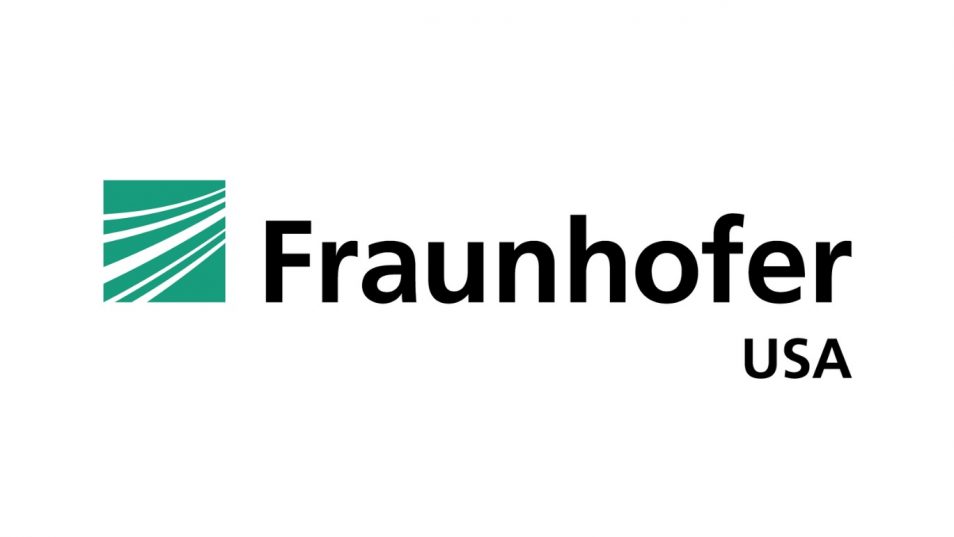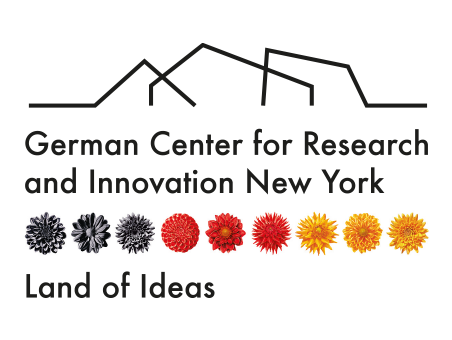Fraunhofer USA Awarded Patent for Detecting Air Leakage in Buildings Using Communicating Thermostats

The United States Patent and Trademark Office has awarded Fraunhofer USA with a patent for algorithms that detect and quantify air leakage from single-family homes using data from commercially available communicating, thermostats.
Outdoor air can infiltrate homes through many pathways, including windows and doors, poorly sealed connections between exterior walls and basements and attics, and unsealed wall, floor, and ceiling penetrations in occupied spaces. Prior field studies have found that most homes have appreciable air leakage, which accounts for approximately a quarter of space conditioning energy consumption. Not only can air leakage significantly increase home energy consumption, it can also result in subpar indoor humidity control and compromise comfort. However, the air leakage of most buildings is not known, as this requires a fan- pressurization test, also known as a blower- door test.
By obtaining HVAC system performance and weather data, along with gas bills and basic building characteristics (such as square footage and number of stories), the patented algorithms compute heating system heat supply and runtime intervals that enable quantification of overall building air leakage rate. The algorithms were validated by comparing estimated air leakage rates to those from blower-door testing.
By quickly and remotely estimating building air leakage, the algorithms make it much easier and convenient for users – be they energy efficiency programs or homeowners – to identify buildings with significant air leakage that are prime candidates for air sealing. In particular, the technology can help energy-efficiency programs to identify homes with the highest air-leakage rates and then craft customized, targeted outreach to those households. A pilot of the algorithms with the Eversource and National Grid energy efficiency programs found that such tailored outreach could increase uptake of home energy assessments by two- to five-fold.
“This patent is a testament our decades-long work to develop innovative yet practical solutions to increase the efficiency of buildings,” said Dr. Kurt Roth, who leads Energy Systems applied R&D at the Fraunhofer USA Center for Manufacturing Innovation (CMI) at Boston University. “This is but one example of how new and emerging data sources can be analyzed to provide greater insight into building performance and identify energy-saving retrofit, maintenance, and controls opportunities.”
“Such cost-effective tools are absolutely necessary if we are to meet our carbon emission commitments as a nation,” Added Dr. Andre Sharon, Executive Director of CMI and Professor of Mechanical Engineering at Boston University.
The work leading to the patent was supported by the U.S. Department of Energy Building Technologies Office Building America Program, in partnership with the energy efficiency programs of Eversource and National Grid.
The patent, US Patent No. 11,561,022 B2, was awarded to Fraunhofer USA Center for Manufacturing Innovation Principal Research Scientist Dr. Michael Ziefman, of the Energy Systems team.
A DOE final report summarized the algorithm development in further detail and can be accessed online at: https://www.osti.gov/biblio/1877379.
More information on the EurekAlert! website.
